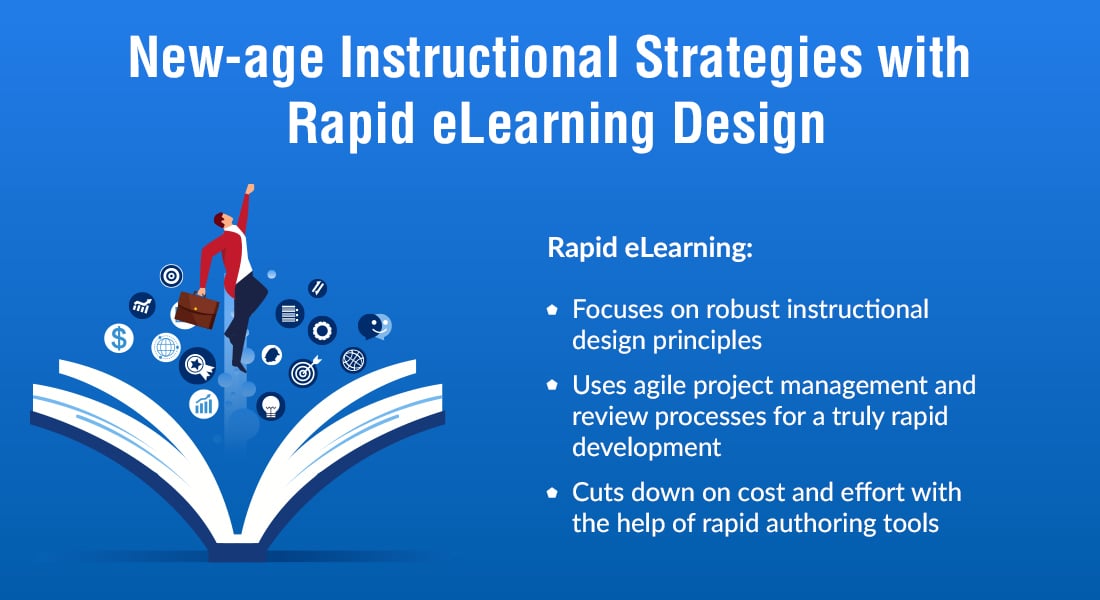Using Games and Simulations in E-Learning – The Advantages

Conventional modes of learning, such as classroom lectures or text-heavy online modules often face the problem of being passive. Usually learners sit through such training sessions while the subject matter passes by them. They might read the content or even take notes, but they are not actively participating in gaining practical knowledge. In order to make the most of these learning methods, it is necessary that learners can focus on the subject. For today’s dynamic millennial employee base, this can become a challenge as their attention spans are rapidly reducing.
However, this doesn’t mean the conventional methods of learning are less effective and not capable of imparting high quality knowledge among your employees. In the general scheme of things, they do an excellent job, but there are some instances wherein one needs to go beyond convention to create a successful learning environment.
Using game-based content and simulations for learning purposes have emerged as two important pillars of offering your employees out of the box learning solutions. Game-based content uses games embedded in your subject matter as a medium for learning. Simulations emulate practical scenarios and product functionality in a virtual environment, giving learners a hands-on learning experience. Discussed below are some of the advantages these digital learning methods bring to the table:
Consequence-Free Environment to Make Mistakes
Just like simulations, even game-based content is an emulation of real situations, albeit a more interactive and abstract one. Both these methods give learners the unique advantage of practicing a particular task or skill until they achieve perfection. When learners fail at the task at hand, the system throws up immediate feedback.
This helps them gauge the seriousness of the situation, if they were to go wrong in the real world. The best part is that learners can go right back and repeat the same task till they master it; only this time they are armed with a sense of awareness of the real world implications.
Immersive Learning
Both these learning methods require that learners do something in order to progress with the learning. Be it clearing levels in games or finishing up tasks in simulations, learners need to act in order to move forward. By making learners active participants in the learning process, games and simulations create an immersive experience. When learners are required to rack their brains to complete every single task, they remain motivated throughout the course. This in turn boosts participation rates and assists in knowledge retention.
Bust Stress
Games apply a combination of immersive storylines intertwined with relatable challenges, which compel the learner to play and build familiarity. This makes learning through playing games a fun activity. When the minds of learners are captivated by attractive multimedia elements, they tend to forget the stress that is often associated with learning. This also helps games better integrate with the lives of employees as no one will think twice before playing. Adding sound effects and animations can spice up even simulations too.
Boost Engagement
These active methods of training involve learners in the learning process. They will feel that training is as much for them as they are for the training. This makes sure that your learners never fail to undertake a module, which they might be compelled to skip if done through other non-appealing methods.
Also, both games and simulations can be developed in microlearning formats to help learners access them at the moment of need.
Cost Efficient
Contrary to popular belief, developing games and simulations is very cost effective. You can readily buy pre-built game templates and customize them according to your needs. Many authoring tools come with in-built recorders that let you create software simulations in a jiffy. However, the real cost efficiency of these methods lie in their reach and return on investment. If you create a good quality game or simulation, the shelf life is much longer than traditional content. Their reach and practical results are also much higher than other forms of content.
So, if you want to take your digital learning program to the next level, these two are the learning methods to begin with. Just make sure you hire an experienced e-learning vendor who can guide you through the entire process and create great learning assets for your organization.




![6 Types of eLearning Videos to Enliven Your Corporate Training! [SlideShare]](https://blog.commlabindia.com/hubfs/Imported_Blog_Media/elearning-videos-enliven-corporate-training-slideshare.png)
